Favorites
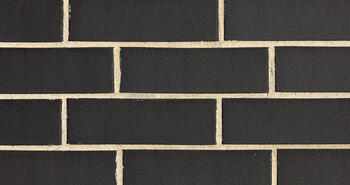
Belgian Grey Smooth, Charcoal Klaycoat

Cardinal Red Glazed, Black Glazed, Ebonite Smooth, Cambridge Velour
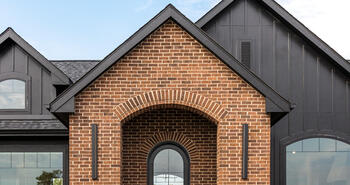
Hampton Williamsburg
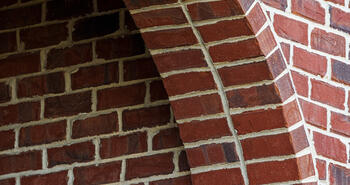
Tudor Williamsburg
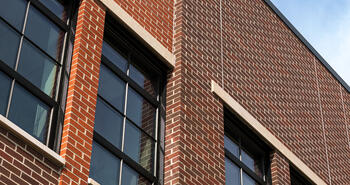
Red Velour , Napa Valley Velour, Mocha Velour
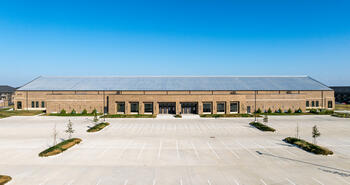
Smoky Mountain Williamsburg
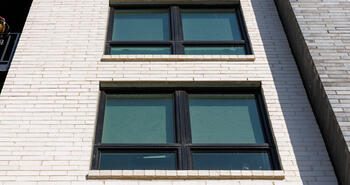
Aspen White Wirecut, Ebonite Smooth
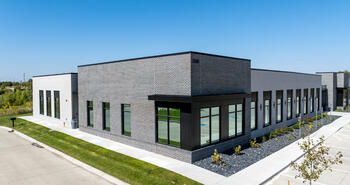
Ebonite Velour, Belgian Grey Smooth
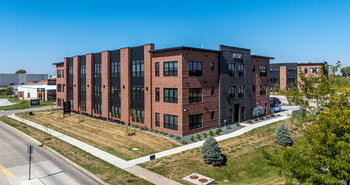
Granite Red Velour, Carbon Black Velour
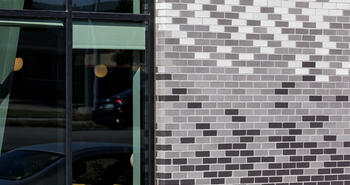
Aluminum Klaycoat, Urban Grey Klaycoat, Modern Gray Smooth